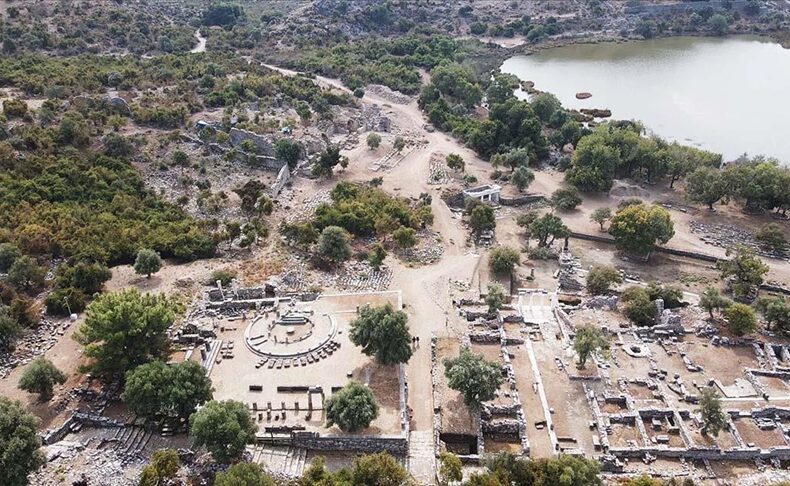
Transformation Through Time: A Roman Hospital Turned Byzantine Church in Kaunos
Archaeological excavations in the ancient city of Kaunos, located in Türkiye’s southwestern Muğla province, have revealed a rare architectural transformation spanning over a millennium.
Researchers uncovered a Byzantine church built directly atop a Roman-era hospital complex, shedding light on how this coastal Carian settlement evolved from a center of healing into a place of faith.
UNESCO-listed Kaunos, known for its 2,400-year-old rock-cut tombs, theater, agora, and mosaics, now offers fresh insight into the medical and spiritual life of ancient Anatolia.
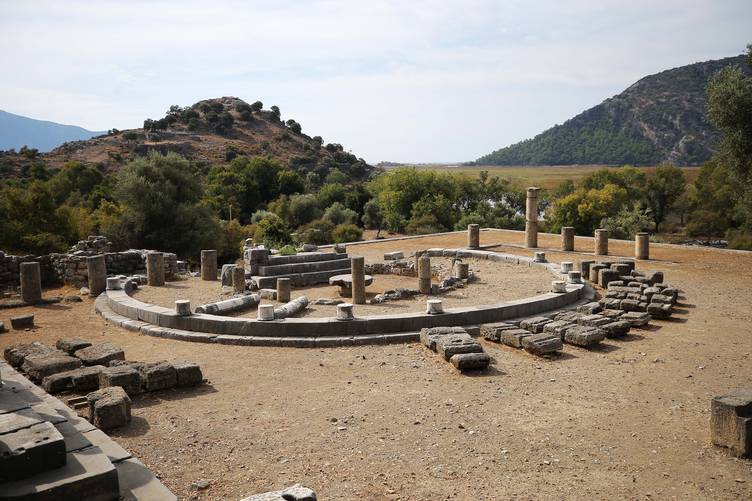
From Roman Medicine to Byzantine Faith
According to Assoc. Prof. Ufuk Çörtük of Muğla Sıtkı Koçman University, excavations focused on the “Archaic fortification monastery zone,” where new architectural remains and medical tools have been unearthed.
“This complex, dating back to the 2nd and 3rd centuries CE, clearly functioned as a Roman valetudinarium — a military hospital,” Çörtük explained. “Findings such as surgical instruments indicate a well-organized healthcare facility that later evolved into a monastic and religious complex.”
📣 Our WhatsApp channel is now LIVE! Stay up-to-date with the latest news and updates, just click here to follow us on WhatsApp and never miss a thing!!
The excavation team also found a coin from the Aydınoğulları Beylik, confirming the site’s continued use into the Turkish-Islamic period.
Archaeologists now describe the discovery as a “living timeline” that captures Kaunos’ continuous occupation from the Roman Imperial period to the 14th century CE.
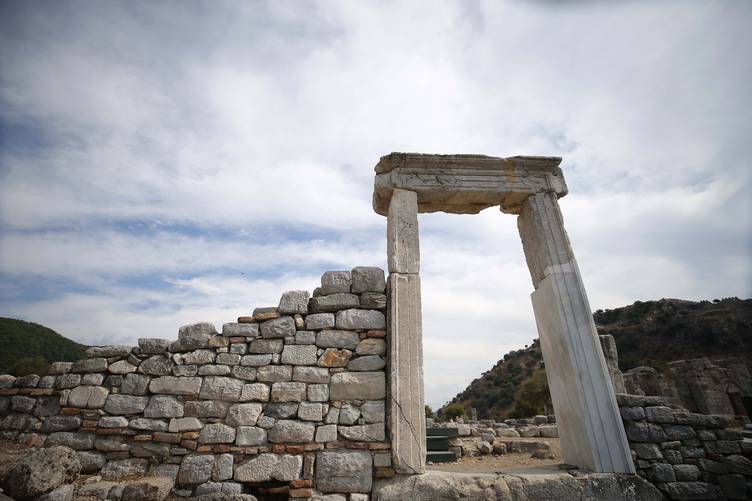
The Sacred Harbor of Caria: Where Healing Met Faith
In antiquity, Kaunos was one of Caria’s most important port cities, connecting Anatolia to the Aegean. Its sanctuaries and public buildings served both divine and practical purposes — a crossroads of medicine, religion, and commerce.
The newly uncovered Byzantine church, rising above the remains of a Roman hospital, represents one of the most compelling examples of cultural and architectural continuity in southwestern Anatolia.
Cover Image: Aerial view of the ancient city of Kaunos in Muğla, Türkiye, where archaeologists uncovered a Byzantine church built above a Roman healing complex near the ancient harbor. Credit: AA
You may also like
- A 1700-year-old statue of Pan unearthed during the excavations at Polyeuktos in İstanbul
- The granary was found in the ancient city of Sebaste, founded by the first Roman emperor Augustus
- Donalar Kale Kapı Rock Tomb or Donalar Rock Tomb
- Theater emerges as works continue in ancient city of Perinthos
- Urartian King Argishti’s bronze shield revealed the name of an unknown country
- The religious center of Lycia, the ancient city of Letoon
- Who were the Luwians?
- A new study brings a fresh perspective on the Anatolian origin of the Indo-European languages
- Perhaps the oldest thermal treatment center in the world, which has been in continuous use for 2000 years -Basilica Therma Roman Bath or King’s Daughter-
- The largest synagogue of the ancient world, located in the ancient city of Sardis, is being restored

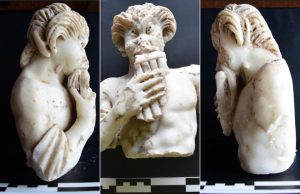
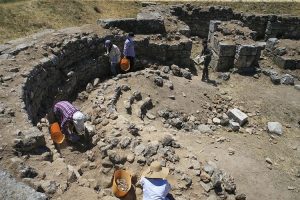
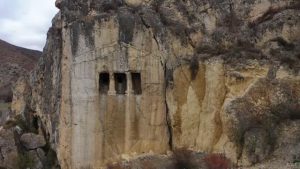
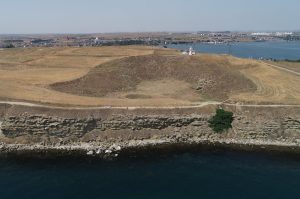

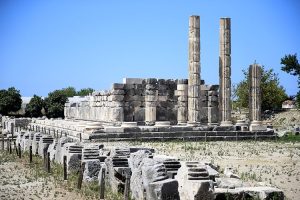


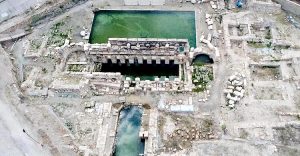
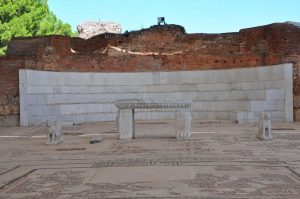
Leave a Reply